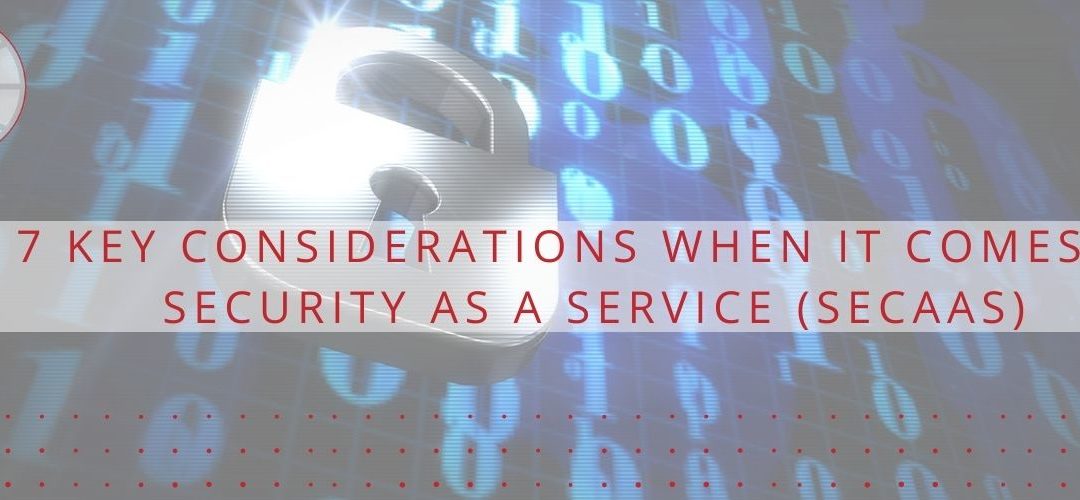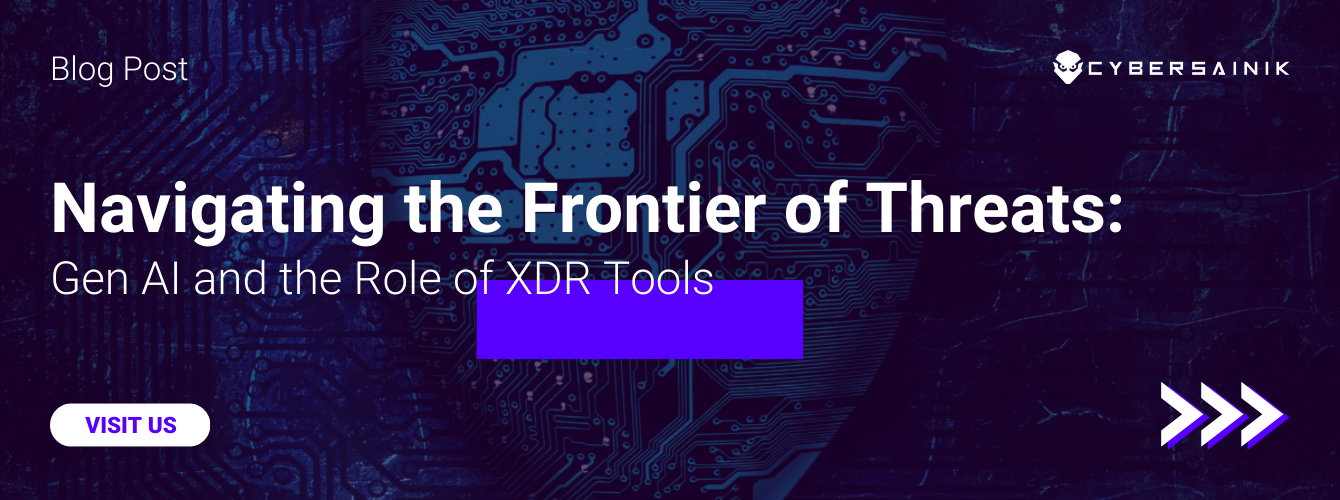In response to the increased sophistication and devastating consequences of cyber attacks, businesses have gradually transitioned their cybersecurity strategy away from on-premise security solutions and Managed Security Service Providers (MSSPs) to the Security-as-a-Service (SECaaS) model. With SECaaS, a third-party cloud provider assumes the responsibility for the development and maintenance of a business’ cyber-security strategy. In 2015, the worldwide market for SECaaS was at $3.12 billion. This market size is projected to reach $8.52 billion by 2020, at a Compound Annual Growth Rate (CAGR) of 22.2%.
Before making the jump over to the SECaaS cyber-security model, your IT Ops team needs to do their due diligence and consider a number of factors. A lack of due diligence may lead to implementation failure and may put your business’ network at risk of compromise.
Seven Factors That Must Be Considered Before Transitioning To The SECaaS Cyber-Security Model
1. Expertise
- One of the primary reasons businesses switch over to Security-as-a-Service is because of a shortage of individuals with the right set of cyber-security skills and experience.
- With SECaaS, the service provider is responsible for employing professionals- people with the right knowledge and cyber-security skill set.
- As a business owner, it is important for you to assess the skill set of the service provider before making a decision.
- You want to ensure that the service provider has the required skills to meet your business needs.
2. Security Requirements
- An initial task that should be done prior to looking for a cloud security provider is to do a thorough analysis of your business’ network so as to determine the nature as well as the extent of cyber-security needed.
- Different businesses have different security needs and the various cyber-security providers have their different strengths and weaknesses.
- Knowing the cyber-security needs of your business will help in deciding of a cloud cyber-security provider to use.
- At the end of the day, you want to choose a provider whose services match your security requirements.
3. Service Level Agreement (SLA)
- The SLA is a document that details the expectations of the cloud security provider in providing the cyber-security service.
- It addresses the type of cyber-security service expected, available support, expected incident response time, service fees, and consequences for non-compliance, among others.
- The SLA has to be examined meticulously to ensure that you are comfortable with the service provider’s expectations before making any form of commitment.
4. Certification and Compliance
- Some industries have regulatory requirements that dictate data management and storage. An example of such a regulation is HIPAA which dictates the privacy and security of patient information.
- Another regulatory standard is PCI-DSS which guides the storage and handling of customers’ credit and debit cards.
- Before settling on a cloud cyber-security provider, it is necessary to check that the provider has met all the necessary regulatory requirements for your business.
5. Threat Monitoring and Incident Response
- Knowing how your network will be monitored for threats is essential before settling on a cloud cyber-security provider. Ideally, the selected provider should have a robust threat monitoring system performed round-the-clock.
- This ensures that threats are detected early before any significant damage to the network has occurred.
- In addition, it is also necessary to know what measures to be implemented in the event of a detected threat or network compromise – who will be notified and what measures will be taken to contain the spread.
6. Identity and Access Management (IAM)
- Controlling who has access to specific areas of your network as well as what rights users have is an essential component of an effective cyber-security strategy.
- It is important to review your IAM policy to ensure that it is up to date prior to choosing your cloud cyber-security provider.
- Your IAM policy will be the guide used by your selected provider to grant users access and rights to your system.
- Not having a good policy in place may result in some users having inappropriate rights or access thereby putting your system at risk.
7. Risk Management Strategy
- A risk management strategy details the measures taken to minimize threats to your network. Among other things, it describes measures to decrease your network attack surface thereby reducing the risk of network compromise.
- It also addresses how updates/upgrades are performed to ensure that the latest security controls are always in place. It is important to choose a cloud cyber-security provider with a good risk management strategy.
Bottom Line
At Cyber Sainik, we have the skills and expertise needed to develop a cloud-based cyber-security solution for your business. For more information about our SECaaS services, contact us today.




